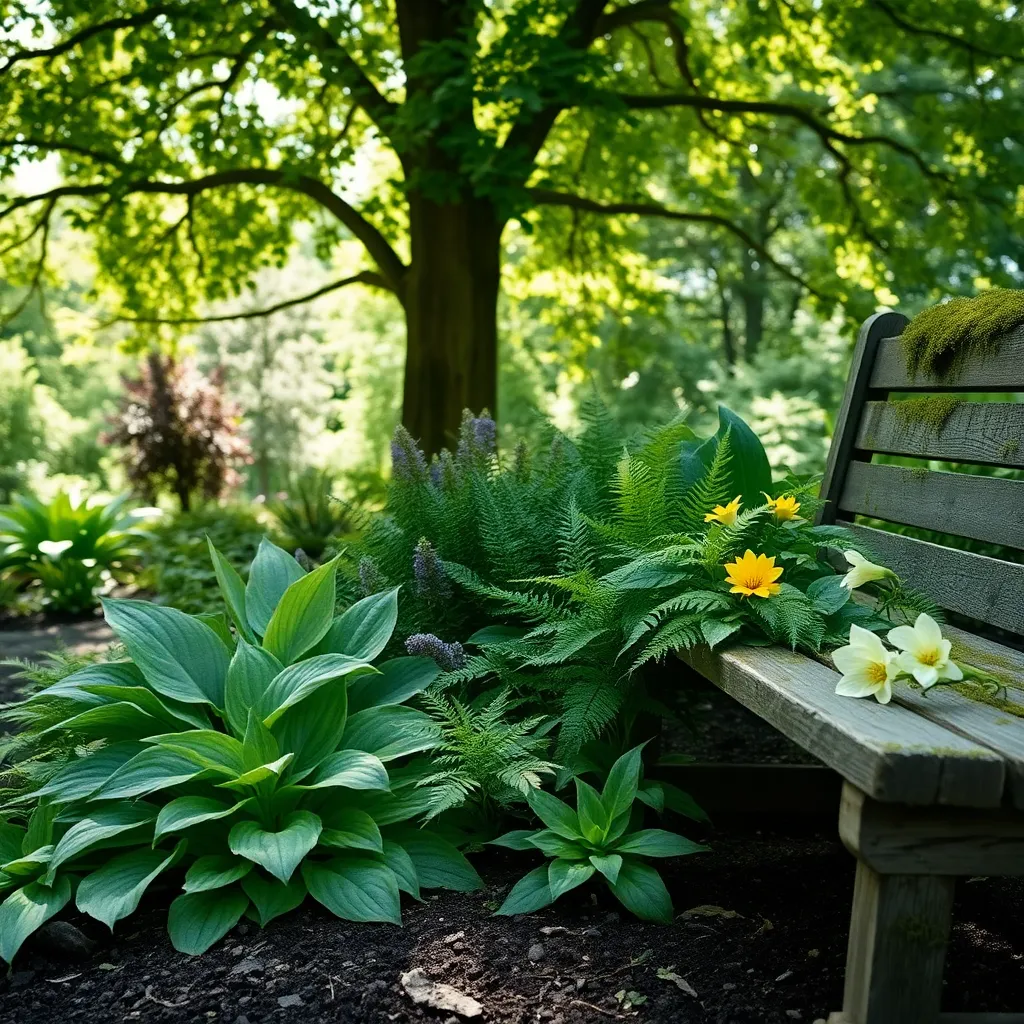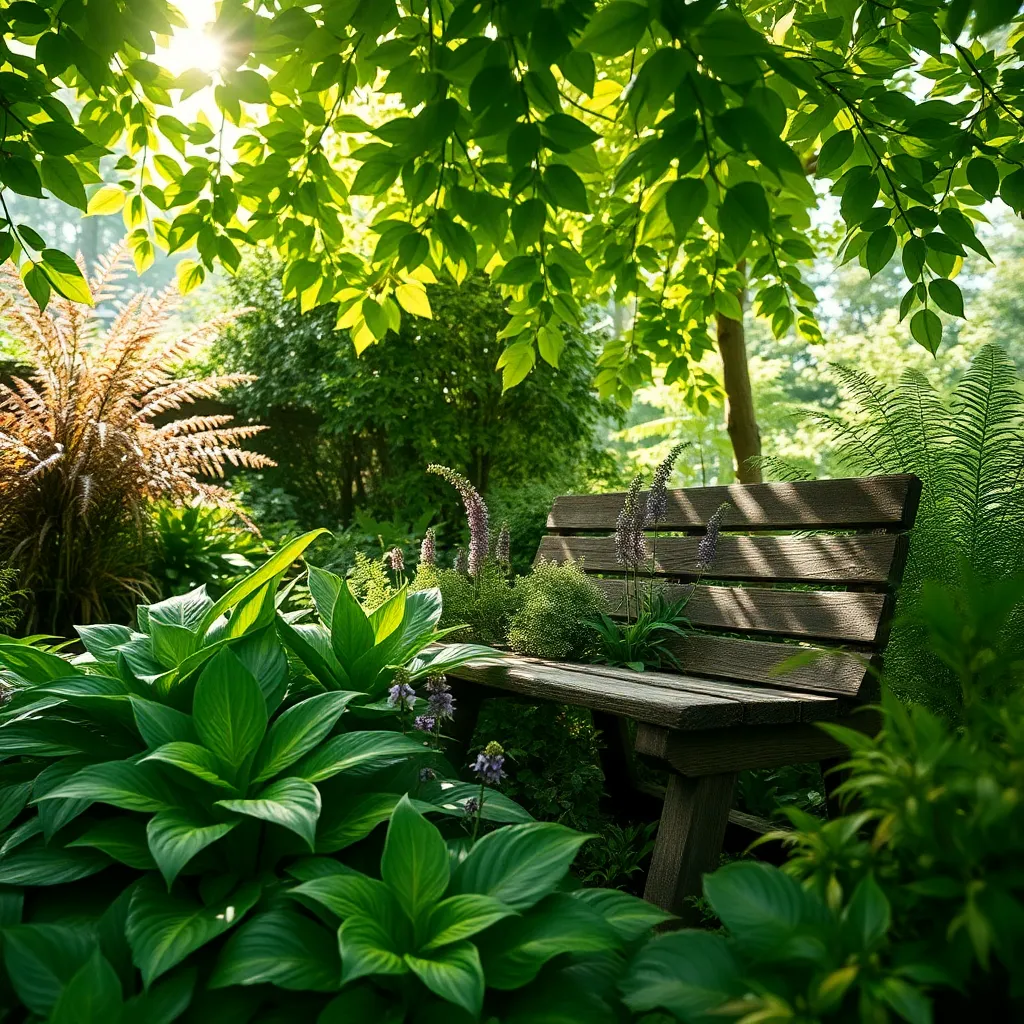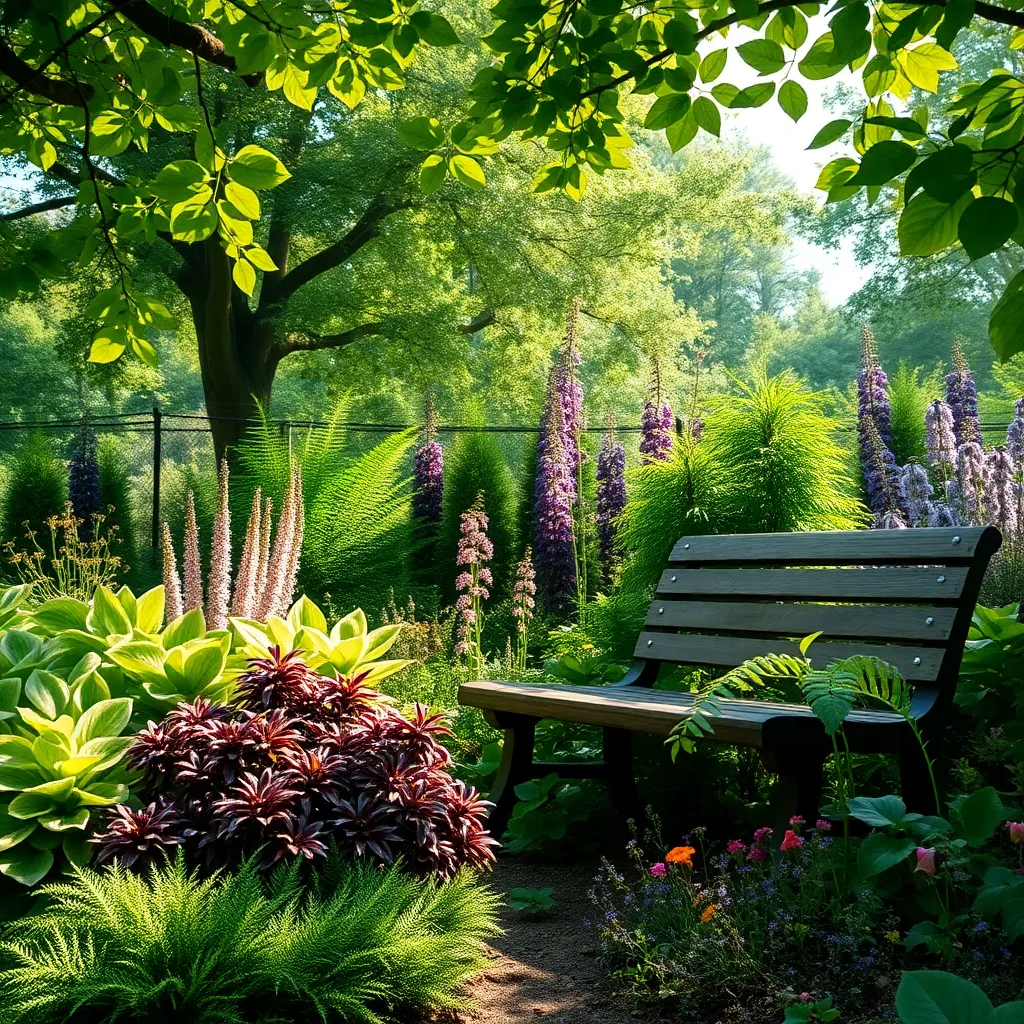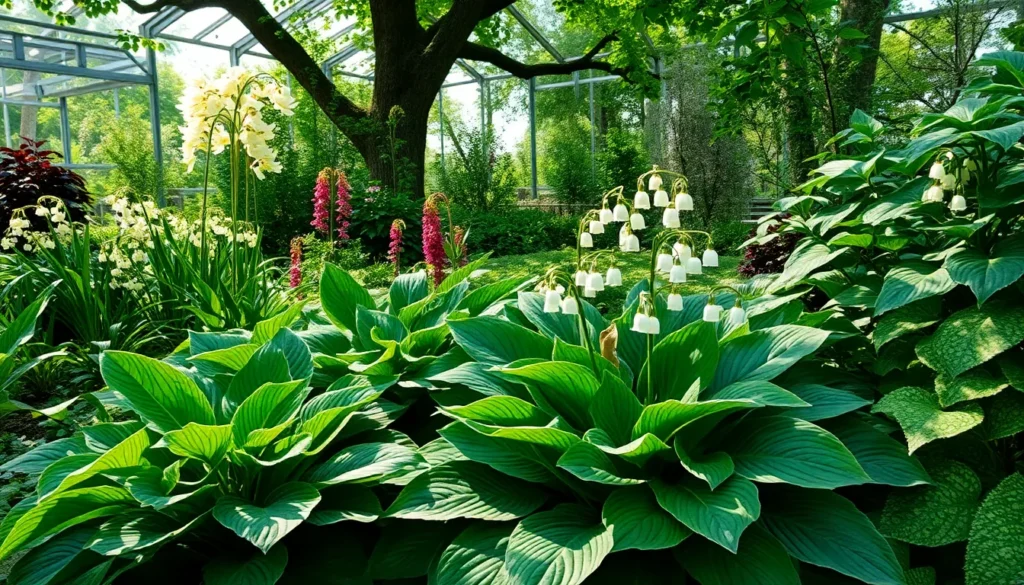Gardening in the shade often feels like one of nature’s more elusive challenges, offering both mystery and opportunity beneath the dappled canopy. For both budding green thumbs and seasoned horticulturists, understanding how to cultivate a thriving garden in shaded areas can transform a once-overlooked plot into a lush sanctuary. Rather than a limitation, shade presents a unique palette for creativity, allowing you to explore an array of perennials that not only survive but flourish without direct sunlight.
In this article, you’ll venture into the world of shade-loving perennials, discovering hardy varieties that promise beauty and resilience even in the dimmest corners of your garden. Whether you’re just starting out or you’ve spent years nurturing your backyard oasis, the secrets to a successful shade garden are within reach. We’ll guide you through the selection of plants that adapt beautifully to low-light environments, ensuring your shaded spaces are as vibrant and inviting as those basking in the sun.
Prepare to enrich your gardening repertoire with practical tips and insights that will empower your efforts in cultivating perennials under the gentle embrace of shade. By the end of this guide, you’ll have the knowledge and confidence to embrace shaded areas as an integral part of your gardening landscape, turning every nook and cranny into a testament to nature’s adaptability. Together, we’ll embark on a journey that promises to demystify shade gardening, making it both accessible and rewarding for all who dare to plant beyond the sun.
Understanding Shade-Loving Perennials

Understanding shade-loving perennials is key to creating a lush garden in areas with limited sunlight. These plants have evolved to thrive under tree canopies or on the north side of buildings, where direct sunlight is minimal.
When selecting shade-loving perennials, consider both their aesthetic appeal and their adaptability to your shade conditions. Some perennials, such as hostas and ferns, prefer deep shade, while others, like astilbes, perform well in dappled light.
For optimal growth, ensure your shade-loving perennials have well-draining soil rich in organic matter. Incorporating compost into the soil can significantly enhance its fertility and moisture retention, providing a healthy environment for these plants.
Watering needs vary, but generally, shade perennials require less frequent watering than sun-loving plants, due to reduced evaporation in shaded areas. However, during dry spells, it’s crucial to check the soil moisture and water deeply to reach the roots.
Advanced gardeners may want to experiment with layering different perennials to create a dynamic and textured garden landscape. Consider planting taller perennials at the back and shorter ones at the front to maximize visual interest and ensure each plant gets adequate light.
Top Perennials for Full Shade

For gardeners dealing with full shade, there are beautiful perennials that can thrive without direct sunlight. Hostas are a top choice, known for their lush foliage and ability to brighten up dark corners of your garden. These plants prefer rich, well-draining soil and benefit from regular watering to maintain their vibrant leaves. A mulch layer, about two inches thick, helps retain moisture and suppress weeds, making maintenance easier.
Ferns are another excellent option for full shade, offering a variety of textures and heights. They thrive in consistently moist soil that’s rich in organic matter, so incorporating compost or leaf mold into the planting area can significantly boost their growth. For an advanced touch, consider using a drip irrigation system to deliver steady moisture without overwatering. While ferns are generally low-maintenance, removing old fronds in early spring encourages healthier new growth.
Consider planting Astilbes if you’re looking for a splash of color in shaded areas. These perennials produce feathery plumes of flowers in shades of pink, white, and red, creating a striking contrast against their deep green foliage. They need evenly moist soil, so ensure they’re watered regularly during dry periods, especially in the summer. For best results, apply a slow-release fertilizer in early spring to support their blooming cycle.
Adding Heucheras, or coral bells, can introduce an array of leaf colors to your shaded garden. These perennials are relatively drought-tolerant once established, but they perform best in humus-rich, well-draining soil with consistent moisture. Applying a balanced, all-purpose fertilizer in the spring can enhance their vigor and leaf color. With a little care, heucheras can provide year-round interest with their semi-evergreen foliage.
Partial Shade Perennial Favorites

In the realm of partial shade perennials, the *Astilbe* stands out for its feathery plumes and vibrant colors. These plants thrive in moist, well-drained soil, making them perfect companions for a shady garden bed.
*Hostas* are another favorite, offering a variety of leaf shapes and colors that add texture to any garden. To ensure robust growth, plant them in soil enriched with organic matter and keep the area free from competing weeds.
For those looking to add a splash of color, consider the *Bleeding Heart* with its heart-shaped blooms. These perennials prefer a slightly acidic to neutral soil and will benefit from regular mulching to maintain moisture levels.
Advanced gardeners might experiment with *Japanese Anemones*, which bloom in late summer to fall, providing continuous interest. Ensure they have a well-drained location and consider staking taller varieties to prevent wind damage.
Caring for Shade-Loving Plants

For gardeners looking to nurture shade-loving perennials, understanding their specific needs is crucial. These plants typically require less direct sunlight, making them perfect for under trees or alongside buildings where sunlight is limited.
Selecting the right soil is vital for the success of shade-loving plants. Aim for well-draining, rich soil with plenty of organic matter to ensure your plants have adequate nutrients and moisture retention.
Watering shade-loving plants requires a balanced approach. While they do not demand as much water as sun-loving varieties, keeping the soil consistently moist is essential, especially during dry spells.
When it comes to feeding, use a slow-release fertilizer to minimize the risk of over-fertilization. This will provide a steady supply of nutrients without overwhelming the plant, ensuring healthy growth throughout the season.
For those seeking to enhance their gardening skills, consider experimenting with different mulch types. Organic mulches like leaf mold or bark chips help retain moisture, suppress weeds, and add valuable nutrients back into the soil as they decompose.
Designing a Shaded Perennial Garden

Designing a shaded perennial garden starts with selecting the right plants that thrive without direct sunlight. Choose perennials like hostas and ferns, which are ideal for shaded areas due to their lush foliage and low light tolerance.
When planning your garden layout, consider the varying levels of shade different spots receive throughout the day. This will help you place plants in their optimal locations, ensuring they get the right amount of indirect light they need to flourish.
Soil quality is crucial for a successful shaded garden. Opt for a well-draining soil rich in organic matter, as this supports healthy root development and moisture retention, which are vital in shaded conditions.
Watering practices should be adjusted for shaded perennials, as they generally require less frequent watering than sun-loving plants. However, ensure that the soil remains consistently moist, especially during dry spells, to prevent stress on the plants.
For an advanced gardening tip, consider incorporating different textures and leaf colors to add interest to your shaded garden. Mixing plants with variegated leaves, like lungwort, with solid green varieties can create a visually appealing contrast.
Regular maintenance, such as mulching, can help keep the garden looking its best. A layer of mulch not only conserves soil moisture but also suppresses weeds, reducing competition for nutrients.
Conclusion: Growing Success with These Plants
In exploring the lush landscape of relationships, “Perennials That Thrive in Shaded Areas” illuminates five pivotal concepts to nurture enduring bonds: creating safe emotional spaces, embracing adaptability, practicing patience, valuing deep-rooted communication, and fostering resilience through mutual support. These elements serve as the fertile ground for relationships to flourish, even in the shadows of life’s challenges.
As your actionable next step, consider identifying one area in your relationship where you can apply these concepts today. Perhaps it’s initiating a heartfelt conversation or practicing active listening. Small, consistent efforts can lead to profound growth.
Remember, lasting relationships are cultivated over time, and having this article at your fingertips can guide you through the seasons of your journey. Bookmark or save it now to ensure these insights remain a handy resource in your relationship toolkit.
Looking ahead, embracing these practices can lead to a relationship that not only survives but thrives, creating a partnership that stands resilient against the test of time. Empower yourself to nurture this growth and watch as your relationship blossoms into its full potential.







